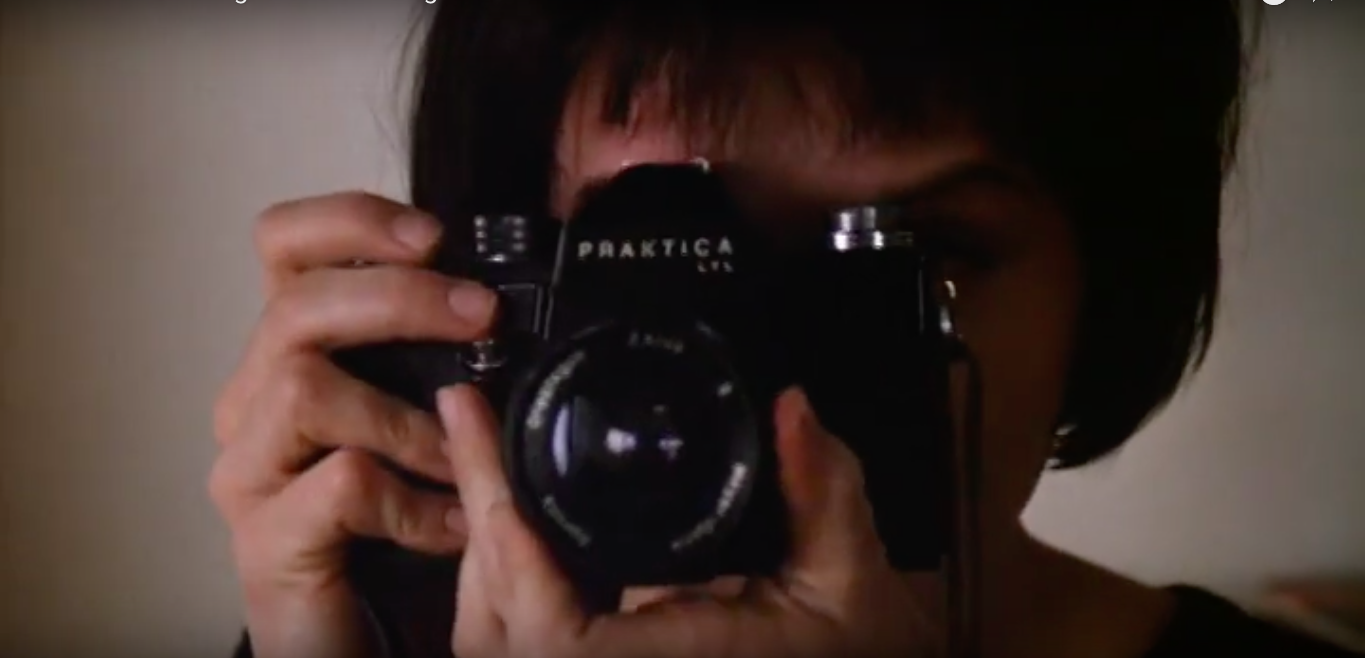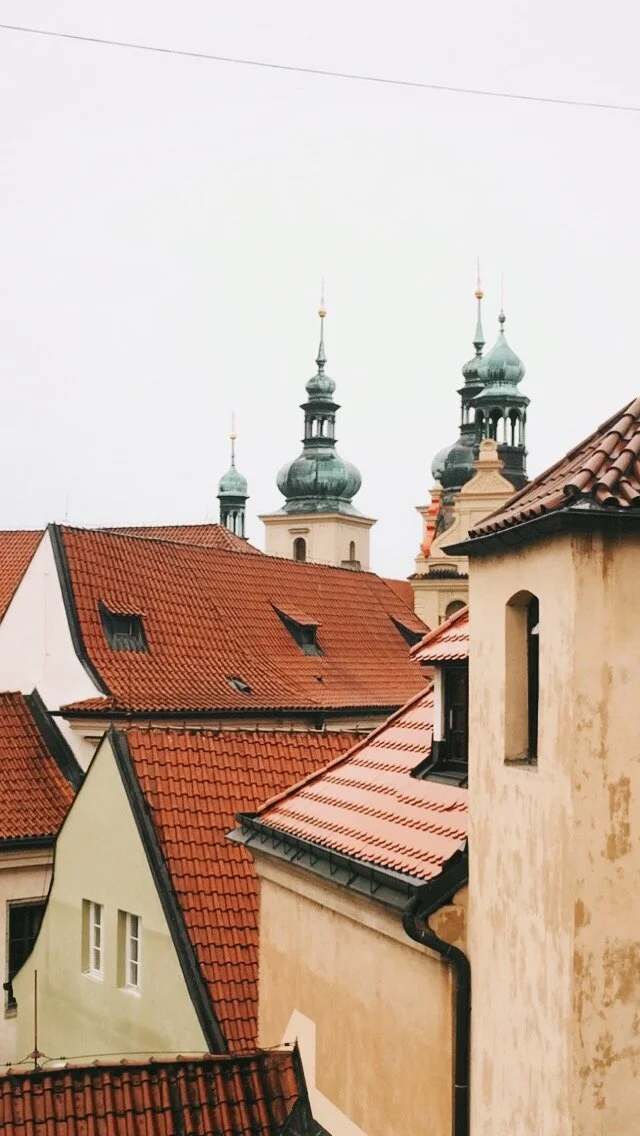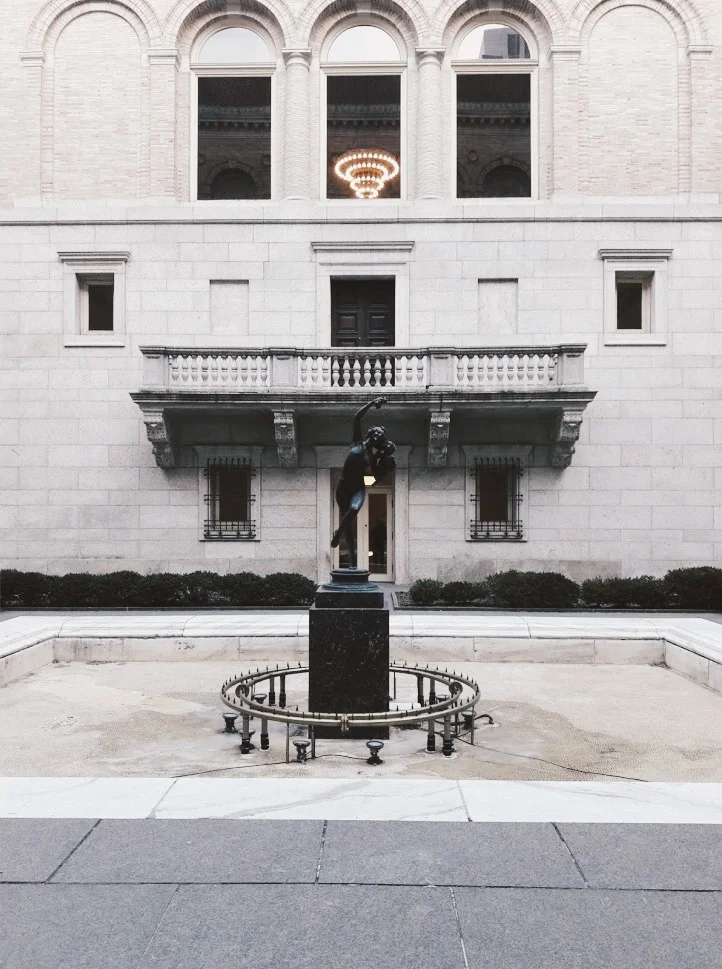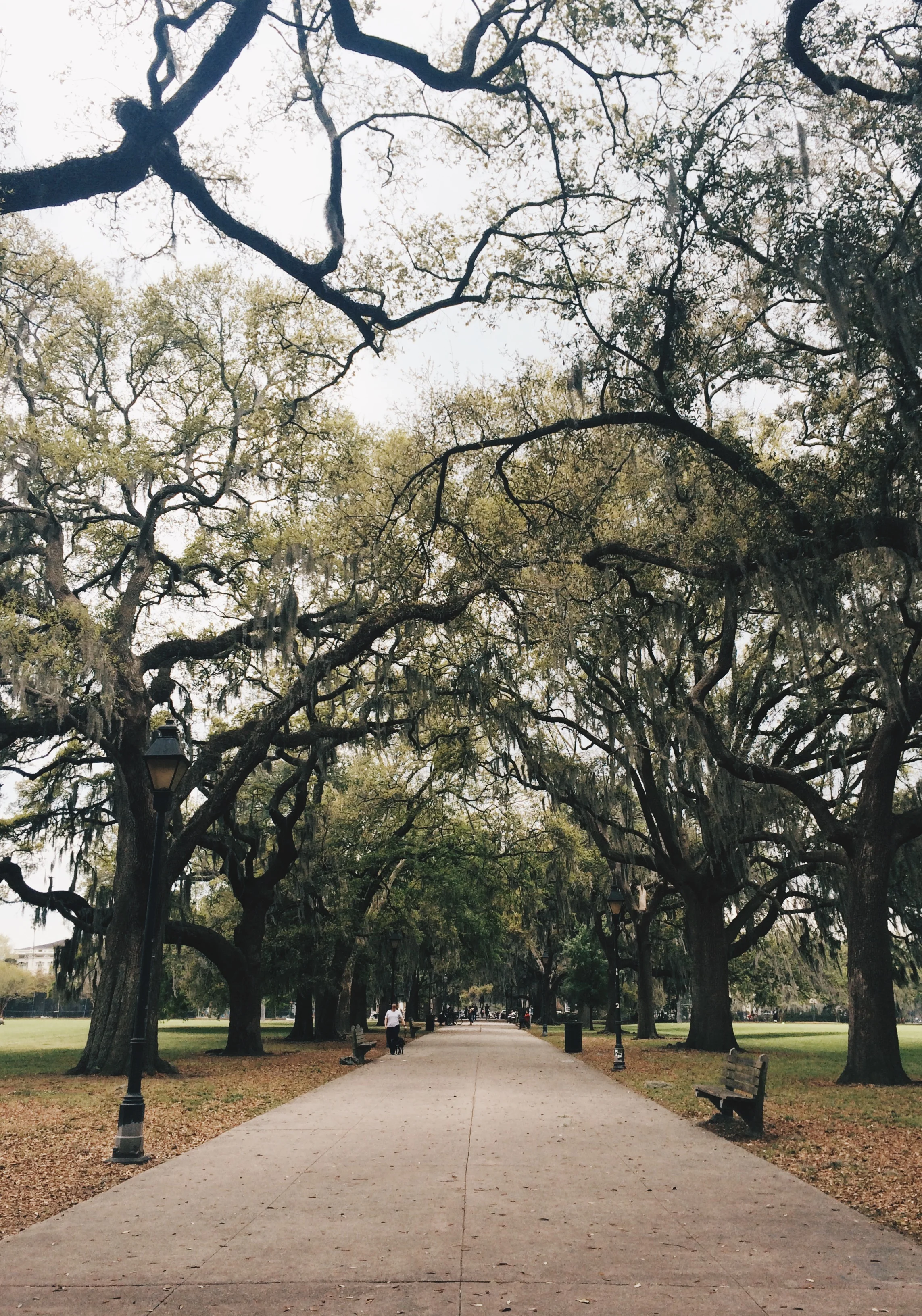Travel Through The Pages: Czechia
Photo courtesy of Lauren Olmeda.
When I think of the country that encapsulates travel, passion and romance, several names come to mind. Bohemia, Moravia, Czechoslovakia, The Czech Republic, Czechia — its name itself is subject to the ever changing political climate of the region. Through the ages, however, it has preserved a deep cultural identity and a rich culture that I can dive into whenever I need to escape. I can open a story by Milan Kundera, put on a Milos Foreman movie or simply skim through a book about Czech Gothic architecture, and close my eyes: it's as though I'm in Prague, hearing its gorgeous astronomical clock strike midnight as I walk through the city at night, crossing the Karlův most (Charles Bridge) in the mist to reach the Jewish cemetery. Prague is almost a metaphysical place for me, a city of mystery, of endless wandering and wondering. I know that I am highly romanticizing it, of course, but we all need a bit of escapism once in a while. I just pray that I haven't turned into a huge cockroach when I open my eyes.
If you wish for the same experience, hoping to travel through the pages to Prague and the landscape surrounding it, here are my favorite books, movies and artists that have, one way or another, contributed to Czech culture and my love for it.
Photo by Marine Beauvois, courtesy of Milena Le Fouillé.
✹✹✹
Poster for the movie The Golem, director Julien Duvivier (1936).
The Golem
(Legend)
Most of us know the creature from the yiddish folklore known as the Golem without fully knowing where it came from — after all, it has inspired countless reinterpretations, from Frankenstein to Superman. The legend is set in sixteenth century Prague. The High Rabbi Lœw (pronounced "love") wants to protect his community by forming a man-like creature from clay. Before bringing it to life he inserts a shem (capsule) with a written magic formula into its mouth. He also writes the hebraic word emeth (truth) on his forehead.
The Golem, named Joseph by his creator and gifted with supernatural strength, is then put at the service of the Jewish Quarter of Prague, sweeping the street, carrying water, splitting wood, etc. Each Saturday, for Sabbath, the Rabbi Lœw simply has to erase a letter on Joseph’s forehead to put him to sleep and keep him : the word emeth then became meth (death). One Friday evening, however, Rabbi Lœw forgot to remove the fateful letter from the Golem's forehead. When the Sabbath came, the Golem lost his mind and started to destroy the community he was created to protect. The rabbi ran after Joseph, and it's only miraculously that his was able to pull the shem out of his mouth, thus destroying his creature.
Photo by Marine Beauvois, courtesy of Milena Le Fouillé.
✹✹✹
The Unbearable Lightness of Being, Milan Kundera
(Novel, 1984. Film Adaptation, 1988.)
I have a strange relationship to Milan Kundera and his writing. As a high schooler, I was madly in love with his writing, and proceeded to read everything he ever wrote, from his first novel The Joke (1967), where a simple joke is enough for a young man to be crushed by the soviet regime, to the internationally acclaimed The Unbearable Lightness of Being.
There was a time when I could honestly say that the love shared by the surgeon Tomáš and the photographer Tereza in the midst of that Prague Spring was one of the most beautiful and tragic in all of literature. Today, I would probably describe Tomáš as a narcissistic pervert and become enraged at the thought of the pain he put Tereza through. Nonetheless, the novel remains a beautiful ode to a lost city, Prague, as the soviet invasion begins in 1968.
Philip Kaufman directed the film version of this modern classic, starring Daniel Day-Lewis and Juliette Binoche as Tomáš and Tereza.
Stills from The Unbearable Lightness of Being (1988).
✹✹✹
Milena: The Tragic Story of Kafka's Great Love, Margarete Buber-Neumann
(Non-Fiction, 1963. Translated ca. 1987)
This biography is a great opportunity to discover one of the most remarkable women of her time, a woman all too often reduced to her relationship to Kafka, when her achievements go well beyond her love life. As a Czech writer, editor, and translator, Milena Jesenská first met Franz Kafka in a professional setting. Their encounter led to a passionate correspondence published as Letters to Milena, in which you can read, in my opinion, some of the most beautiful love letters ever written:
"Milena - what a rich heavy name, almost too full to be lifted, and in the beginning I didn't like it much, it seemed to me a Greek or Roman gone astray in Bohemia, violated by Czech, cheated of its accent, and yet in color and form it is marvelously a woman, a woman whom one carries in one's arms out of the world, and out of the fire, I don't know which, and she presses herself willingly and trustingly into your arms."
Margarete Buber-Neumann's biography completes this romantic vision: Milena was also an insightful political commentator and her editorials about the rise of the Nazi Party in Germany proved to be visionary. She joined an underground resistance movement during the war and was mercilessly held captive in Ravensbrück, where she met and befriended Margarete Buber-Neumann. Although Milena was tragically murdered in captivity, her friend lived to tell her life's story.
Photo by Marine Beauvois, courtesy of Milena Le Fouillé.
✹✹✹
Alfons Mucha, Winter, from The Seasons (1896), via gallica.bnf.fr.
Alfons Mucha | František Kupka | Josef Koudelka
(artists)
The country is also rich with a number of visual artists that are well-known worldwide but who have remained profoundly linked to Czech culture. Most of us know and love the work of Alfons Mucha, especially his work in Paris: the gorgeous Art Nouveau posters and decorative panels as well as his interior designs — you can take a look here — at a reconstitution of the Boutique Fouquet, the shop of a Parisian jeweler entirely decorated by the artist. But a lesser known yet very enlightening part of his career is on display at the Mucha Museum in Prague: the Slav Epic, a gigantic cycle encompassing the history of the Slavic people.
František Kupka, Mme Kupka Among Verticals (1910-11).
Nearly contemporary with Mucha stands one of my favorite artists and father of the abstract art movement: František Kupka. Whenever I am in the presence of his works, I feel overwhelmed by the richness of his colors, and the boldness of his lines to a near transcendental degree, and this stands for a reason: Kupka sought to distance himself from the accusation of decoration that had been linked to abstract art in the early years. He was deeply influenced by the spiritual current known as theosophy, an esoteric religious movement that thought to reach for the divine through philosophical insights. Kupka was thus party to the mystical emulation of the turn of the century that attached itself to Prague, a fact which can lead to so many of its own speculation and daydreams.
Photo by Josef Koudelka, via Wikipedia.
Finally, a photographer, for those of us in need of some beautiful black and white. Josef Koudelka documented the Soviet invasion of Prague — one of the most incredible pictures of the twentieth century simply shows him holding his watch band in front of a ruined street — before joining the prestigious photographic cooperative Magnum Photos in 1970. Some of the most beautiful pictures Magnum ever published were shot by Koudelka, who was especially gifted for capturing the dark landscape of Slovakia and Romania, as well as memorable portraits of their inhabitants.
The front page of the French revue Regards, a special edition on Czechoslovakia (1933), via gallica.bnf.fr.
✹✹✹
Still from Dvorak's ballet The Leaves are Fading, taken by Daniel Cande in 1986.
Antonín Dvořák
(composer)
One of the first Czech composers to achieve international recognition, Dvořák moved in 1892 to the United States to become the director of the National Conservatory of Music of America in New York City. There, he wrote his two most famous orchestral compositions: the Symphony From the New World and his Cello Concerto. However, Dvořák never wandered too far off his Czech origins, and my favorite work of his is deeply rooted in Slavic folklore: his opera Rusalka is a wonderful piece of music as well as a heartbreaking love story. I shall just say that it is based on the same story that inspired the Little Mermaid. Dvořák's harmonies beautifully underline the sorrows and pain of the rusalka — a water spirit attached to a lake or a river — longing for her prince to return to her.
✹
Czech culture is so rich that I feel that this list could go on for a lot longer. For the time being, however, I'll just leave you to imagine the Karlův most (King Charles Bridge, in Prague) in the deep of winter, covered in snow…
A view from the Charles Bridge (1908), via gallica.bnf.fr.
Milena Le Fouillé is an art historian based in Paris, France, with a specialty in nineteenth and twentieth century art and a strong taste for mythology, fairy tales and legends. She's probably hiding in a museum's cafeteria right now, reading a novel when she really should be working.



























In a personal essay, Elizabeth Slabaugh visits the disappointments and realization of tempered dreams around traveling to Oxford after not being able to spend a semester at the university due to chronic illness.